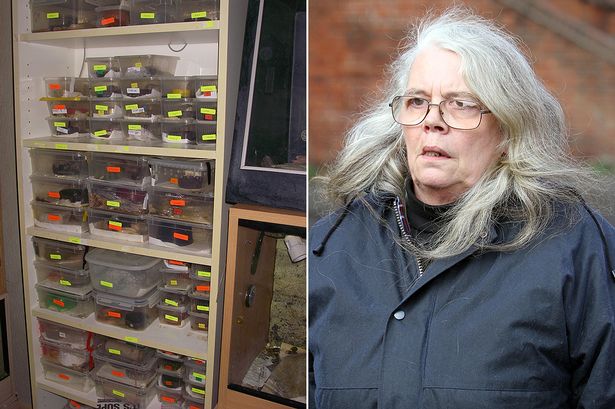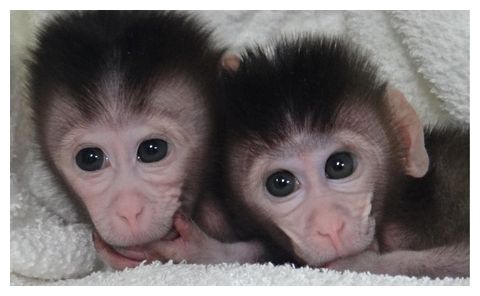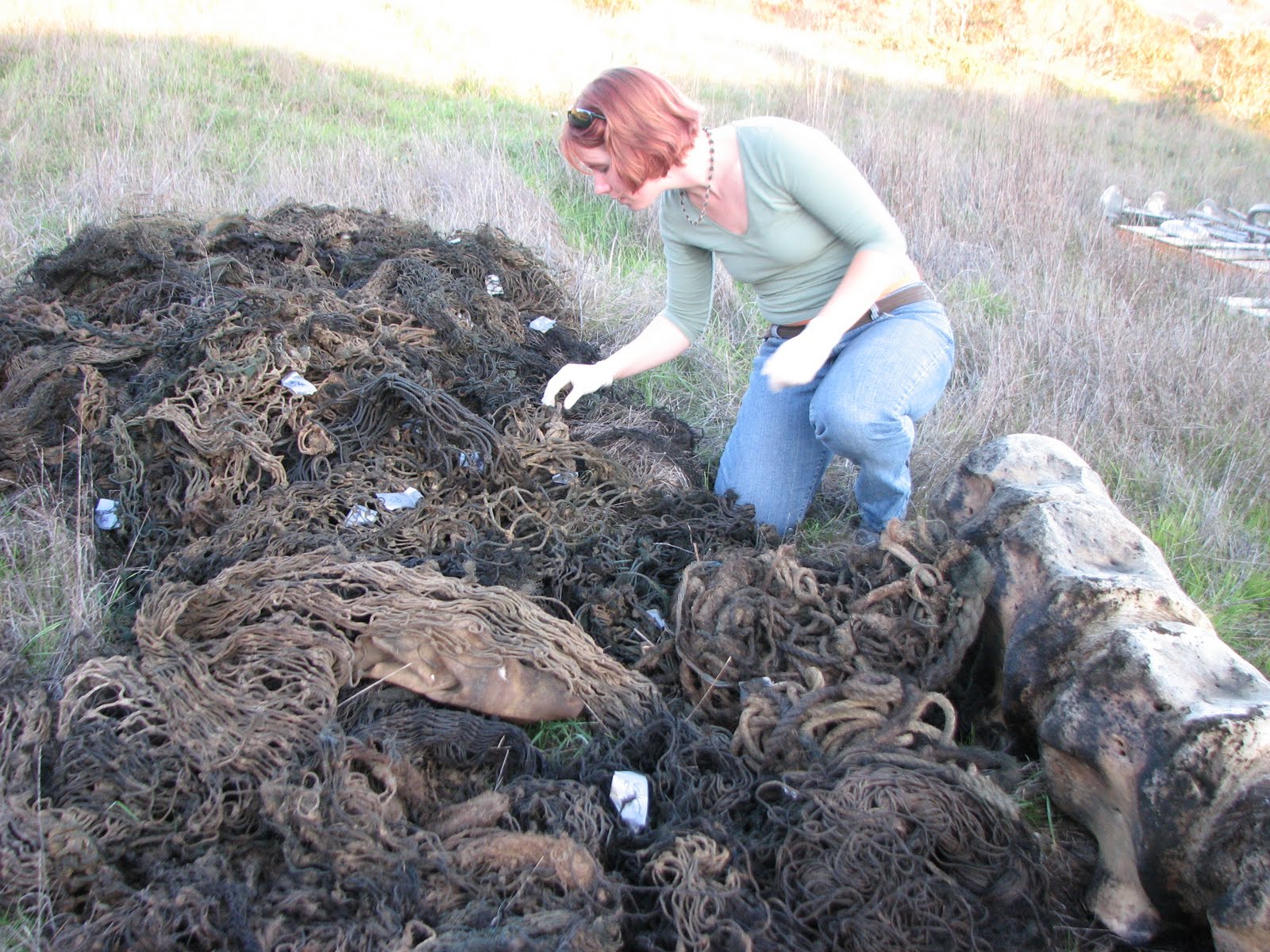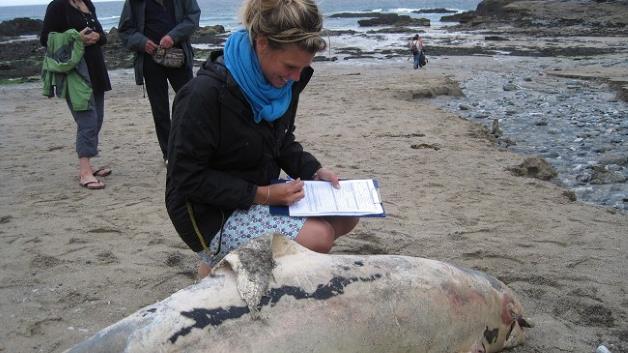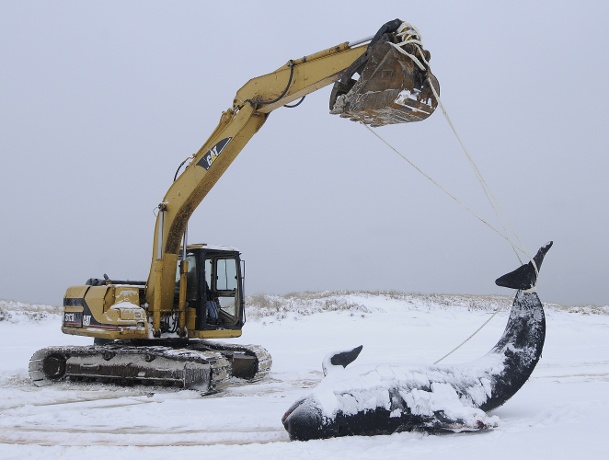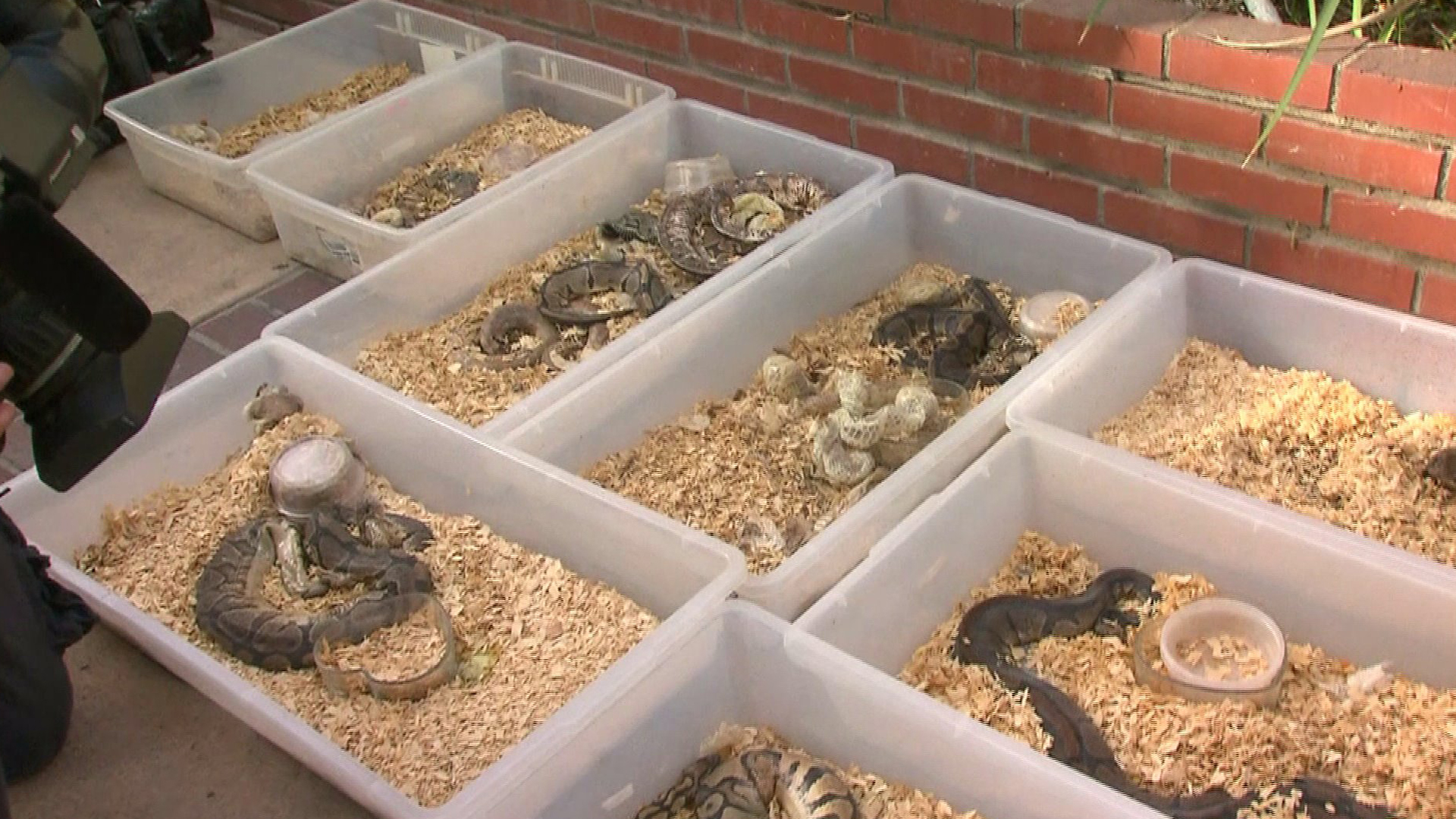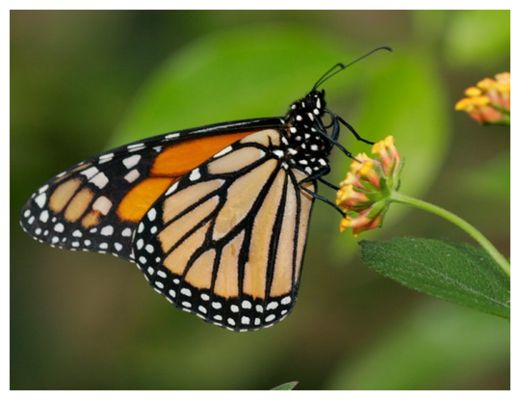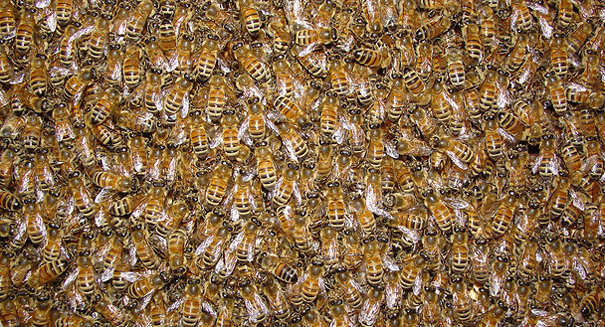
South Africa's National Society for the Prevention of Cruelty to Animals (NSPCA) was called to the O. R. Tambo International Airport in Johannesburg on Friday, Jan. 29. Inspectors, doing a routine cargo inspection had noticed a "bad smell," and found two crates containing 1,600 reptiles and amphibians, most of them endangered, and not all of them alive.
According to the Convention on the International Trade in Endangered Species (Cites), many of the animals were either endangered, threatened or vulnerable. These included a number of chameleons, lizards, geckos, toads and 30 species of frogs. The animals were supposed to be on the Cites appendix II protocol, meaning they could be traded with a special permit.
At least one-fourth, or 400 of the animals were dead, and many more were packed into containers so tightly they could not move or turn around. The animals were in two crates, about half a meter in size, stacked on top of one another. The geckos were tied in small muslin bags, and the other animals were jammed into small plastic tubs.
